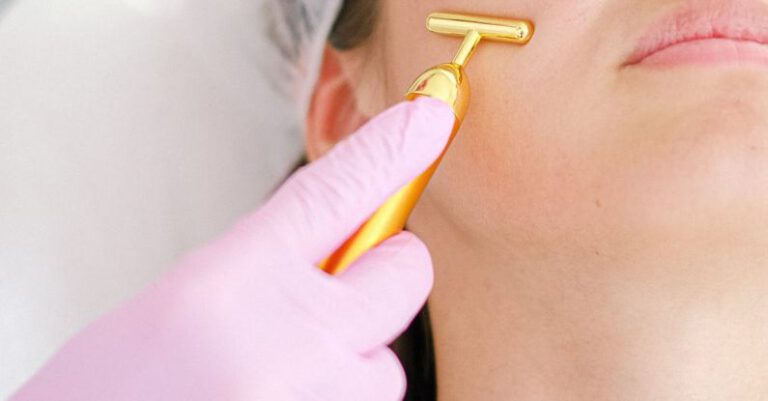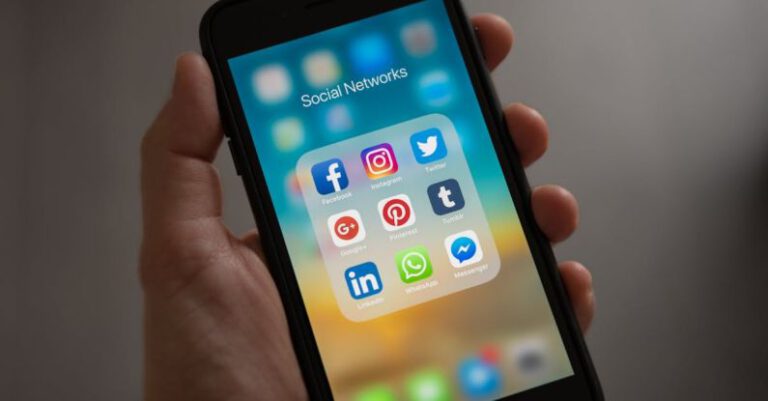Can Tech Help to Improve Sleep Patterns?
In today’s fast-paced world, where technology plays a significant role in our daily lives, many of us struggle with maintaining healthy sleep patterns. The constant exposure to screens, late-night scrolling through social media feeds, and the increasing demands of work can all contribute to disrupted sleep. However, as technology continues to advance, there is a growing interest in whether it can be used to improve our sleep quality. Can tech help us achieve better sleep patterns? Let’s explore the possibilities.
Understanding the Sleep Cycle
Before delving into how technology can aid in improving sleep patterns, it is essential to understand the basics of the sleep cycle. The sleep cycle consists of several stages, including light sleep, deep sleep, and REM (rapid eye movement) sleep. Each stage plays a crucial role in the body’s restorative processes, such as memory consolidation, hormone regulation, and cellular repair. Disruptions in this cycle can lead to fatigue, mood swings, and long-term health issues.
Blue Light and Sleep Disruption
One of the primary ways in which technology impacts our sleep is through exposure to blue light emitted by screens. Blue light suppresses the production of melatonin, the hormone responsible for regulating the sleep-wake cycle. Prolonged exposure to screens before bedtime can delay the onset of sleep and reduce overall sleep quality. To combat this issue, tech companies have introduced features such as night mode settings and blue light filters to reduce the impact of blue light on sleep.
Smart Sleep Tracking Devices
The rise of wearable technology has paved the way for the development of smart sleep tracking devices. These devices, such as smartwatches and fitness trackers, use sensors to monitor various aspects of sleep, including duration, quality, and patterns. By analyzing this data, users can gain insights into their sleep habits and make informed decisions to improve their sleep hygiene. Some devices even offer personalized recommendations based on individual sleep data.
Sleep Sound Machines and White Noise Apps
For individuals who struggle with falling asleep in a noisy environment, sleep sound machines and white noise apps can be a game-changer. These devices produce soothing sounds, such as raindrops or ocean waves, to mask disruptive noises and create a calming environment conducive to sleep. White noise has been shown to improve sleep quality by drowning out background distractions and promoting relaxation. With the convenience of smartphone apps, white noise therapy is now more accessible than ever.
Sleep Meditation Apps and Relaxation Techniques
Incorporating mindfulness practices into your bedtime routine can also help improve sleep patterns. Sleep meditation apps offer guided meditation sessions specifically designed to promote relaxation and prepare the mind for sleep. These apps often include breathing exercises, body scans, and visualization techniques to help users unwind and quiet their thoughts. By practicing relaxation techniques before bed, individuals can reduce stress levels and create a conducive environment for restful sleep.
Smart Lighting Solutions for Sleep
Light plays a crucial role in regulating the body’s internal clock, or circadian rhythm. Smart lighting solutions, such as smart bulbs and light therapy devices, can mimic natural light patterns to support healthy sleep-wake cycles. By adjusting the color temperature and intensity of light throughout the day, users can signal to their bodies when it’s time to wake up and wind down. This can help improve sleep quality and overall well-being.
Creating a Tech-Free Sleep Sanctuary
While technology can offer valuable tools to enhance sleep quality, it is essential to strike a balance and create a tech-free sleep sanctuary. Establishing a bedtime routine that limits screen time before sleep, optimizing your sleep environment for comfort and relaxation, and prioritizing consistent sleep schedules are key factors in achieving restorative sleep. By combining the benefits of technology with mindful sleep practices, individuals can take proactive steps towards improving their sleep patterns and overall health.
In conclusion, technology has the potential to be a valuable ally in improving sleep patterns. From smart sleep tracking devices to sleep sound machines and relaxation apps, there are numerous tech-driven solutions available to support healthy sleep habits. By harnessing the power of technology mindfully and integrating it into a holistic approach to sleep hygiene, individuals can pave the way for restful nights and energized days. Embracing the possibilities that technology offers while respecting the body’s natural sleep rhythms can lead to a more fulfilling and rejuvenating sleep experience.






